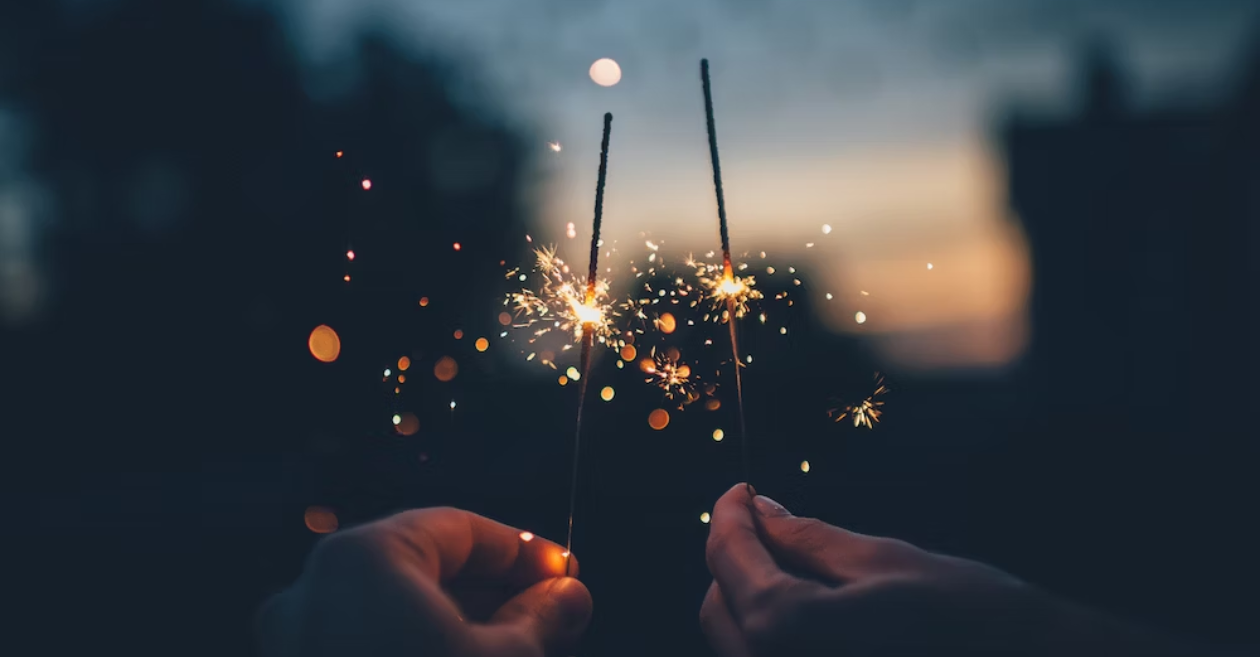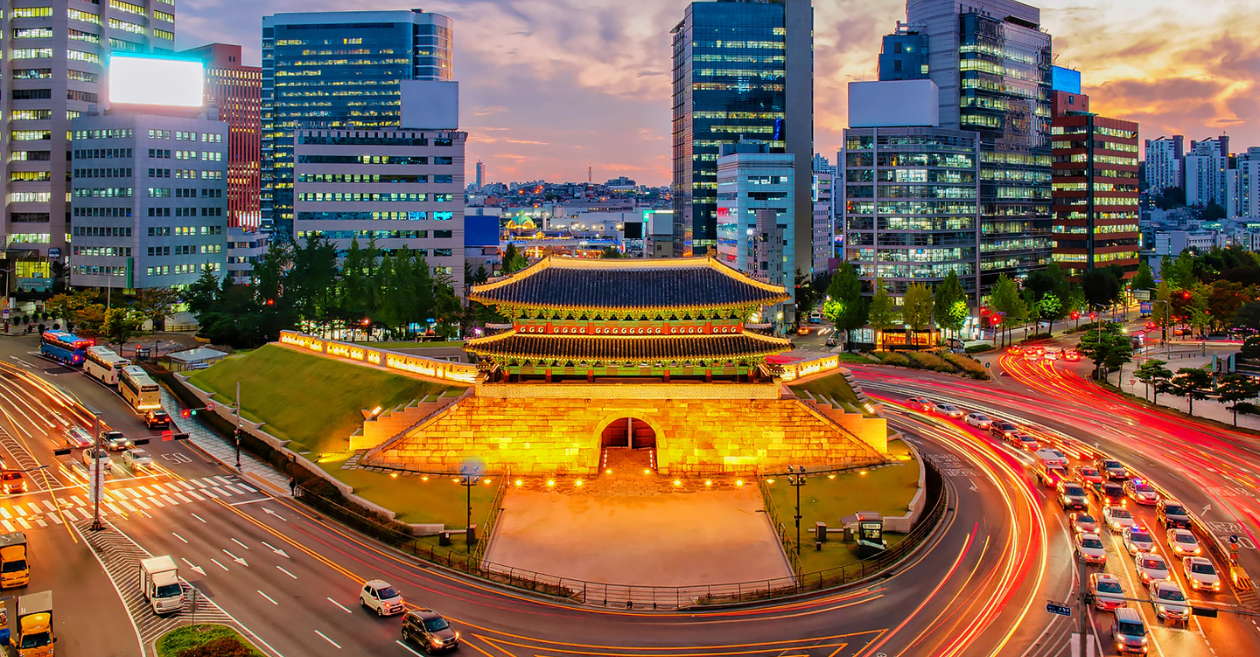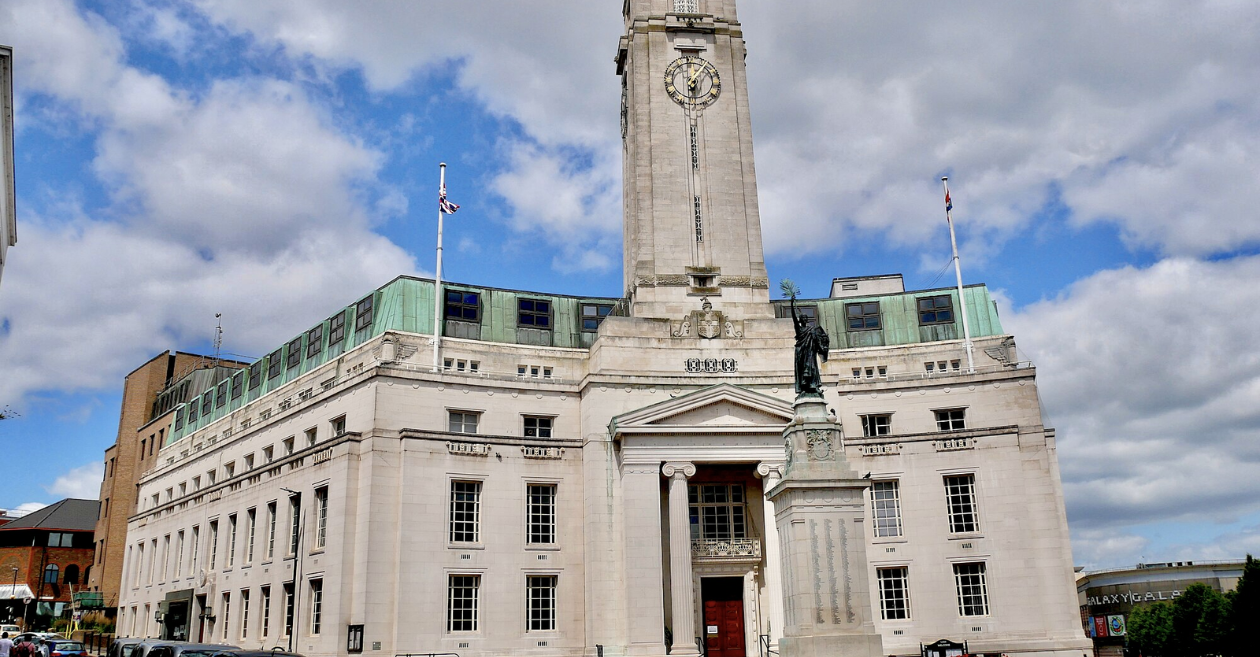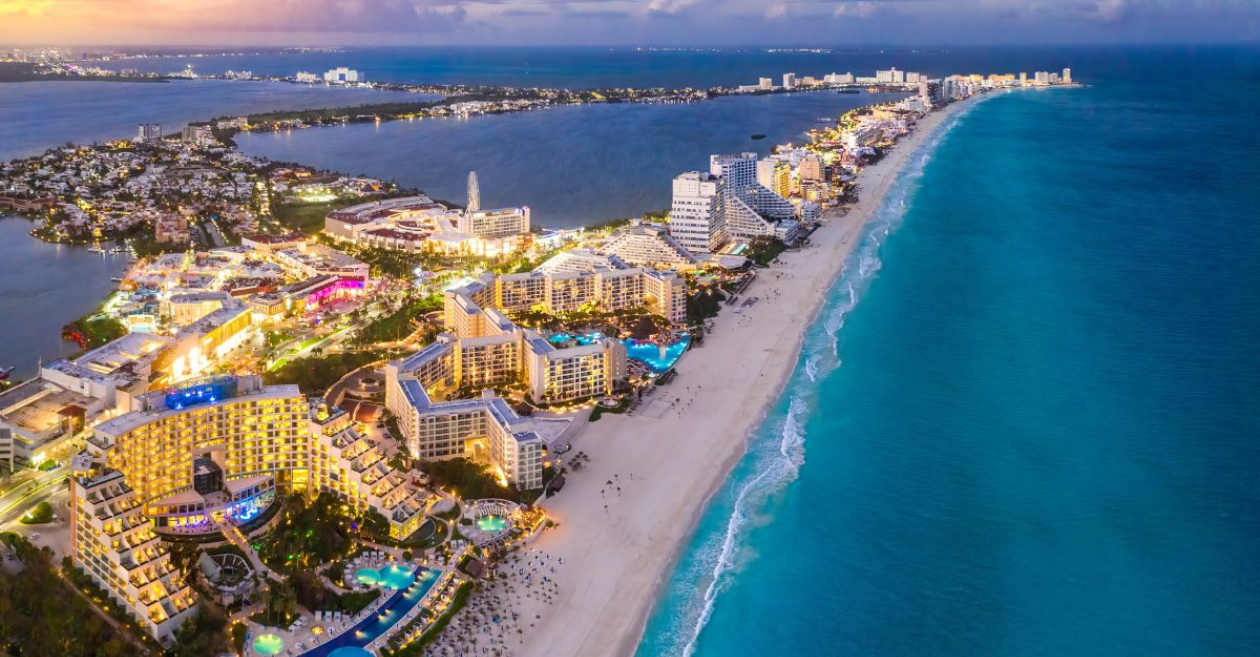


As the clock ticks towards midnight on December 31st, the world collectively holds its breath, ready to bid farewell to the old year and embrace the new one. But have you ever wondered about the origins of this global celebration? Join us on a journey through time as we unravel the captivating history of New Year's Eve.
Our voyage begins in ancient Mesopotamia around 2000 B.C. The Babylonians marked the vernal equinox, signaling the start of the new agricultural year. Festivities, complete with a religious component, spanned eleven days, showcasing the earliest recorded New Year's celebrations.
Fast forward to ancient Rome, where the calendar underwent numerous changes. January, named after the two-faced god Janus, became the doorway to new beginnings. Romans celebrated with grand feasts, gift exchanges, and symbolic acts to purify the past.
The Middle Ages saw varied New Year dates, including Christmas and March 25th. The adoption of the Gregorian calendar in 1582 by Pope Gregory XIII shifted the New Year to January 1st. Many countries resisted this change, leading to a gradual global adoption over the following centuries.
No New Year's Eve is complete without singing "Auld Lang Syne." This Scottish poem-turned-song, penned by Robert Burns in the 18th century, encourages reflection on old friendships and times gone by.
In Scotland, the "first-footer" tradition dictates that the first person to enter a home after midnight brings symbolic gifts like coins, bread, salt, and whisky, ensuring prosperity for the coming year.
The iconic New Year's Eve Ball Drop in New York City's Times Square dates back to 1907. Millions gather annually to witness the dazzling descent, marking the transition to a new chapter amid confetti showers and vibrant fireworks.
Scotland's Hogmanay celebration is one of the world's most famous. The Torchlight Procession, fireworks over Edinburgh Castle, and the Loony Dook (a chilly dip in the River Forth) exemplify the Scots' unique approach to welcoming the new year.
Modern Customs and Resolutions
The tradition of making New Year's resolutions traces back to ancient Babylonians promising to return borrowed objects. Today, resolutions encompass personal goals, fostering a sense of self-improvement and growth.
Cities worldwide compete to host the most breathtaking fireworks displays. Sydney, London, and Dubai showcase extravagant pyrotechnics, captivating millions and setting the stage for a year filled with brilliance.
Curious about the biggest celebrations or the most massive fireworks displays? Let's delve into some noteworthy New Year's Eve records:
| Record | Location | Year |
| Largest Fireworks Display | Dubai, United Arab Emirates | 2014 |
| Longest New Year's Party | Sydney, Australia | 1999-2000 |
| Most Attended Countdown | Rio de Janeiro, Brazil | 1994 |
As the clock strikes midnight on New Year's Eve, we find ourselves standing at the intersection of history and tradition. From ancient Mesopotamia to the dazzling spectacles of today, the celebration has evolved, weaving a global tapestry of shared joy, reflection, and anticipation. So, as you gather with loved ones to welcome the approaching year, remember the rich history that has brought us to this moment, and embrace the promise of new beginnings.
New Year's Eve celebrations trace back to around 2000 B.C. in ancient Mesopotamia.
The adoption of the Gregorian calendar in 1582, aligning with the Roman god Janus, shifted the New Year to January 1st.
"Auld Lang Syne" is a Scottish song encouraging reflection on old friendships and past experiences during New Year's celebrations.
In Scotland, "first-footing" involves the first person entering a home after midnight, bringing symbolic gifts for prosperity in the new year.
New York City's Times Square hosts the iconic New Year's Eve Ball Drop since 1907, attracting millions for the dazzling descent into the new year.

South Korea is like a cool mix of old

You might not think of Luton immediat

Cancun, just saying it makes you thin

The USS Enterprise is like a supersta

Woolworths, a beacon in the retail la

In the vast sea of credit card choice
Trash to treasure: How Google thinks
Spring Fashion Show at the University
Matter of Impact: April updates from
Android Enterprise security delivers
We are not gonna make spamming
Copyright By@TheWebTrends - 2023
BACK TO TOP